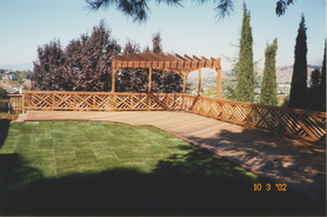
But if you go with the deck option, the biggest choice you’ll be presented with is going with a natural wood vs. composite material. And that is where I want to focus for this week’s post.
Personally, I tend to lean towards the natural wood for a variety of reasons. But it would be unfair to force the wood option down my clients’ throats without first at least exploring the pro’s and con’s of each. And there are some advantages to each. Here's a break-down comparison:
Cost. As far as upfront construction costs go, this one is a runaway in favor of wood. Of course the final cost depends on the type of woods or composites being considered and any unique challenges that the site may hold. But generally speaking composite materials tend to run about twice as much as pressure-treated wood, 50 percent more than red cedar or redwood, and more comparable compared to tropical woods like teak or ipe.
Additionally, because of the flexible nature of the composite materials, tighter joist spans are required for the framing, which means more materials and labor just to get the framing built. Thus, the final construction costs always end up costing more for composites, usually somewhere between 1.5 to 2 times as much
Appearance. Beauty is always in the eye of the beholder, so who am I to judge what looks better to you. But in my opinion, a deck, or any outdoor living space for that matter, should reflect the natural surroundings. And real wood is the real deal. Ask yourself, if composite decking fits the natural surroundings better, than why do they imprint it with a faux wood grain. And that faux wood grain never looks as good as the real deal.
But composites do offer a wide range of color options and textures, and you certainly won't have to keep up with painting. And composites can offer a cleaner looking install, especially when they're new.
Maintenance. This is the big point that composite salesmen like to harp on. But truth be told, it’s not quite as straight-forward as they want you to believe. Yes, wood decks should be re-sealed or stained at least every few years to prolong their life. And yes, wood is more susceptible to rotting or splitting. And no, composite decks do not need to be stained or sealed.
But they will fade in terms of color, so in a few years those rich tones from the original install will look aged and dull. Composites are also quite prone to mossy or algae build-up, which can add a greenish hue to the materials. And that build-up can also be quite slippery and hazardous to walk on. Composite decks should be power-washed at least once a year to help prevent this build-up. And many of the composite materials are quite absorbent, meaning if you accidentally drop that plate of barbecue ribs, you’ll probably be reminded of it every time you look at that greasy stain that just won’t come out. We’ll call this one a push.
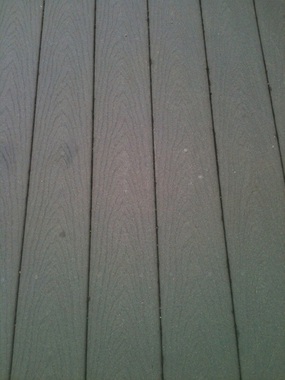
Durability. Composites last longer than wood, there’s no doubt. But that doesn’t mean your deck will last longer. The framing is still made of wood, so if its starts to go it really won’t matter what the decking is doing. And just because the composites last longer, doesn’t mean they’ll look good doing so. The color may fade, the edges may warp, scuff marks or scratches can’t be sanded out. So maybe a shorter lifespan could allow you to keep a fresher look moving forward.
Environmental stewardship. A little history lesson is in order to discuss this one. When composites were first introduced some twenty-plus years ago, they were, just as the name indicates, a composite of recycled wood pulp combined with plastics to help bind the materials together. The plastic certainly wasn’t beneficial to the environment, however the use of recycled wood was a plus. For a variety of reasons however, the composite formulas have been tweaked slightly over the years, and as a result most of today’s “composite” materials aren’t really composites at all, but rather 100 percent PVC. PVC is not bio-degradable, not easily recycled, and can be harmful to our waterways and wildlife. And even the few true composite materials that are still available are so heavily lopsided in favor of the PVC, that means that old deck will be one day be sitting in a landfill – for a long, long, long, long, long time.
Conversely, many of the tropical woods in particular – ipe for example – have not been able to achieve sustainable harvesting and regrowth. So even though it’s a natural material, it still adds to rain forest de-forestization, and may not be eligible for environmental credits.
There are a few other items that need to be taken into consideration before making a choice. As mentioned earlier, many of the composite manufacturers are constantly tweaking their recipes in search for better performance. And progress is certainly good, no doubt. But many of these new formulas haven’t had the advantage of being field-tested over time to see how they’ll hold up.
Additionally, as the manufacturers constantly upgrade their offerings, that means that many of the products that were offered just five or ten years ago are no longer available. And that means if you’re ever looking for individual replacement pieces or boards, you may run into difficulty.
All of this, no doubt, is a lot to consider. If you’re thinking about a new deck, you’ll need to prioritize what’s important to you, including cost, appearance, durability, longevity and performance to name a few. There are a huge variety of composite manufacturers out there, each with slightly different formulas and product offerings. And likewise, there’s a wide range of lumber types to choose from, each also with a variety of pro’s and con’s. But hopefully this list will at least provide a starting point to compare lumber vs. composites.
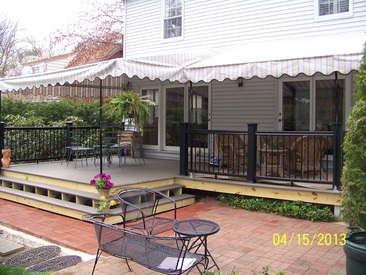
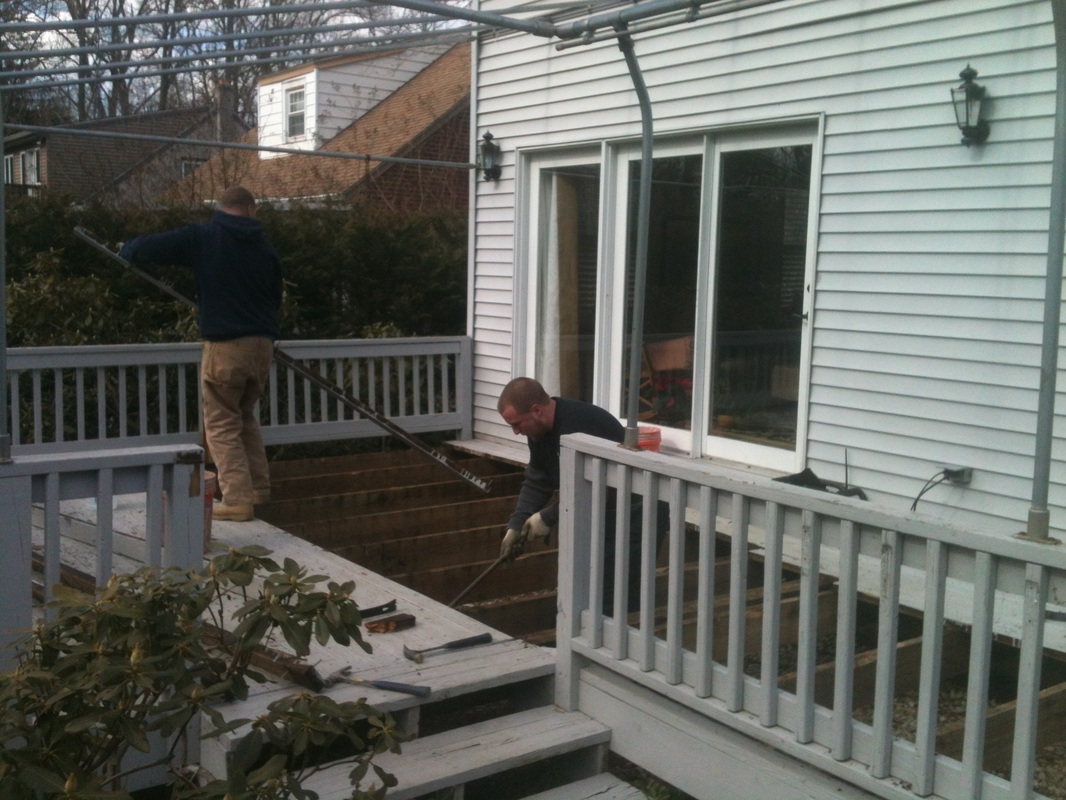
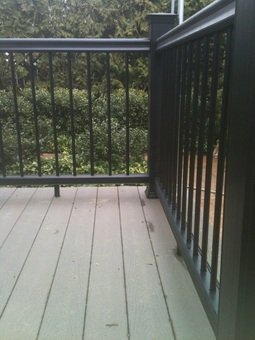
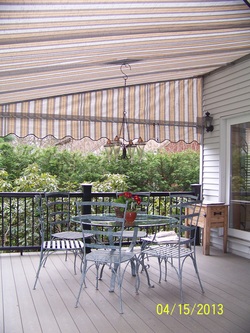

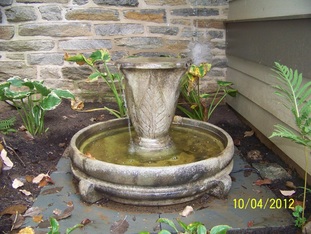

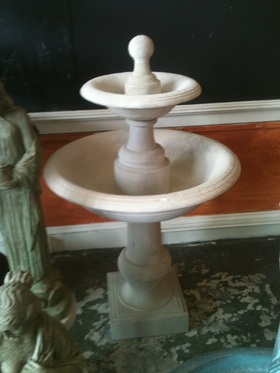
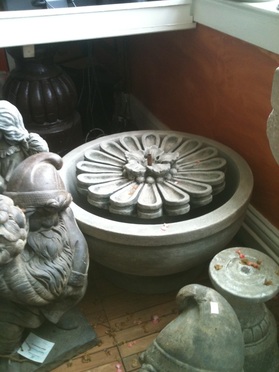
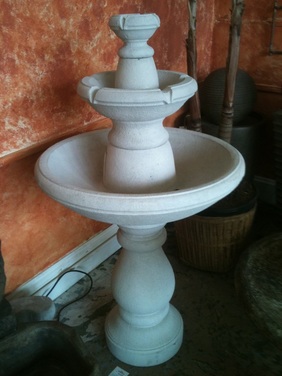




 RSS Feed
RSS Feed